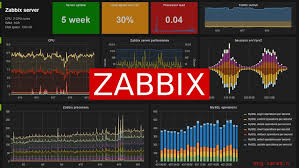# 创建基于h5的hls播放器hls.js {#创建基于h5的hls播放器hls-js}
本文介绍如何创建基于h5的hls播放器。默认情况下,浏览器并不支持播放hls格式的视频,但是集成开源的hls库hls.js后,可以使用h5自带的video标签播放hls(即m3u8)视频。
# 示例 {#示例}
<!DOCTYPE html>
<html>
<head></head>
<body>
<script src="https://cdn.jsdelivr.net/npm/hls.js@latest"></script>
<video id="video"></video>
</body>
<script>
var video = document.getElementById('video');
var videoSrc = 'http://demo.com/index.m3u8';
if (Hls.isSupported()) {
var hls = new Hls();
hls.loadSource(videoSrc);
hls.attachMedia(video);
}
// hls.js is not supported on platforms that do not have Media Source
// Extensions (MSE) enabled.
//
// When the browser has built-in HLS support (check using canPlayType),
// we can provide an HLS manifest (i.e. .m3u8 URL) directly to the video
// element through the src property. This is using the built-in support
// of the plain video element, without using hls.js.
//
// Note: it would be more normal to wait on the 'canplay' event below however
// on Safari (where you are most likely to find built-in HLS support) the
// video.src URL must be on the user-driven white-list before a 'canplay'
// event will be emitted; the last video event that can be reliably
// listened-for when the URL is not on the white-list is 'loadedmetadata'.
else if (video.canPlayType('application/vnd.apple.mpegurl')) {
video.src = videoSrc;
}
</script>
</html>
 51工具盒子
51工具盒子






